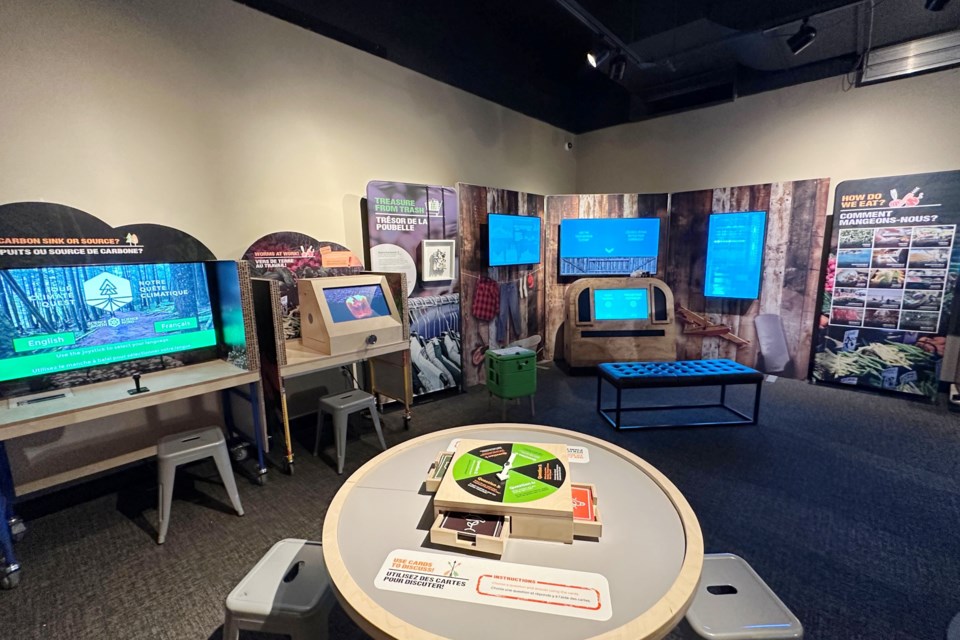THUNDER BAY – Guests were given a special tour of an interactive exhibit at the Thunder Bay Museum that teaches ways to stay environmentally conscious.
“Our Climate Quest: Small Steps to Big Change!” is a new exhibit by Science North, hosted in partnership with the Thunder Bay Museum. Its mission is to inspire more than one million youth across Canada to reduce their greenhouse gas emissions and help Canada achieve its goal of net-zero emissions by 2050.
“Climate change is the biggest challenge that humanity is facing and we're feeling the effects here in Northern Ontario and the full name of the exhibit includes the phrase small steps to big change,” said Ashley Larose, Science North CEO.
“What we want to do is make sure that visitors understand that maybe it doesn't have to be fitting your entire house with solar panels, instead, every day, we make so many small choices that if we make the right ones, we can all work together to fight climate change.”
The new exhibit is another in a line of exhibits hosted by the Thunder Bay Museum through a partnership between the two organizations.
Scott Bradley, executive director of the museum, said he hopes to see that partnership continue indefinitely.
“These exhibits end up being a boost to our organization. They allow us to tell many different stories, to reach different audiences and especially young people. Often as a history museum, we end up kind of telling stodgy stories about things adults did,” he said.
“Sometimes it's great to have things that are really centred on kids and their experiences and their learning path. It's a wonderful partnership and we hope it never ends.”
Getting a front row seat to the opening was the Honorable Patty Hajdu, minister of Indigenous services and minister responsible for the Federal Economic Development Agency for Northern Ontario, which provides a portion of the funding for Science North.
She said one of the big reasons FedNor and Environment Canada continue to provide funds to the organization is the dedication it has to bring education around science to everyone in the region.
"It's because they’re going into smaller communities, rural communities, First Nations communities that often aren't getting the same opportunities to interact with a science centre or a science program that's external to regular education provided through education systems,” she said.
“And it is important that kids have a chance to explore the science behind climate change, to engage with the topic in sometimes a much different way. It's hands on and lots of fun.”
The exhibit is open from April 16 to 30. Learn more by visiting Science North’s website.
